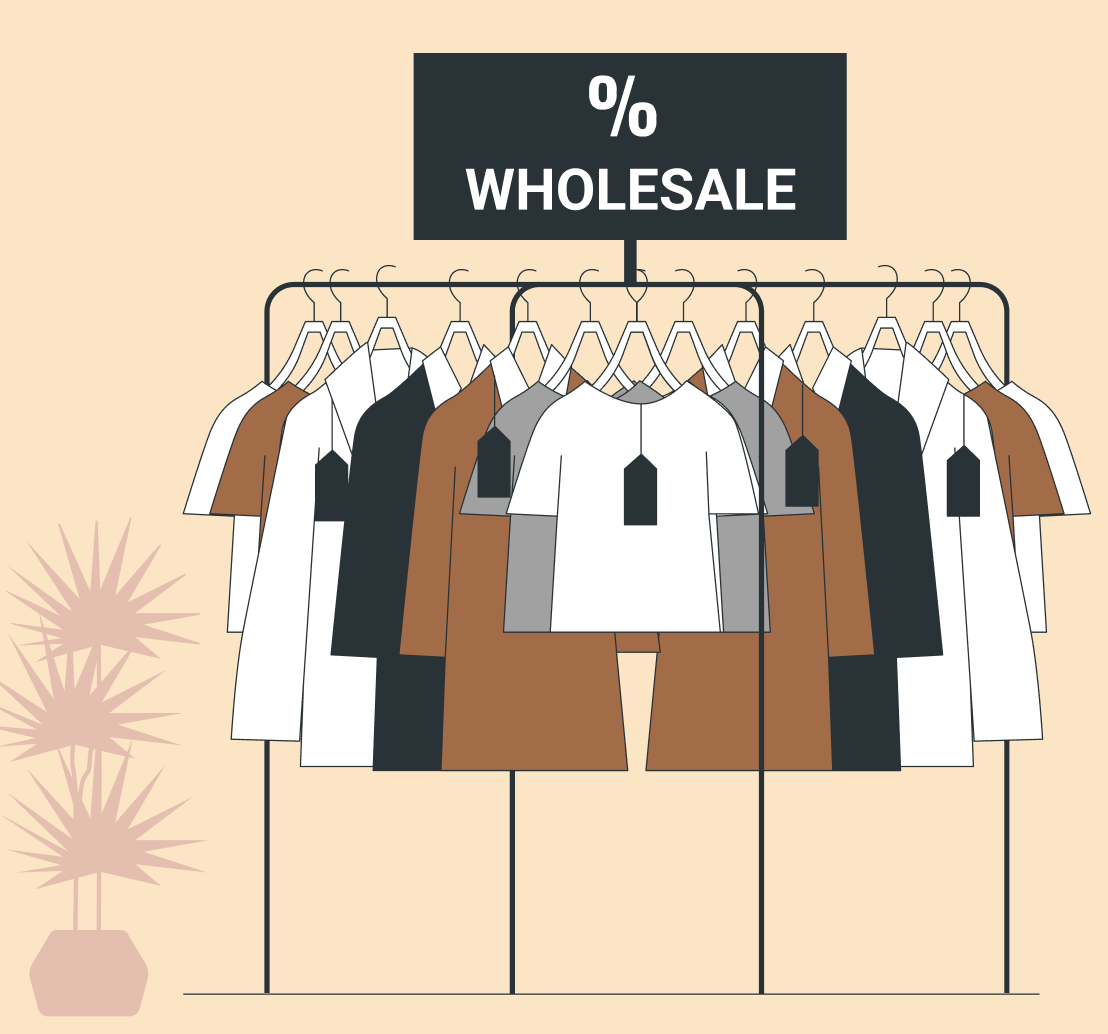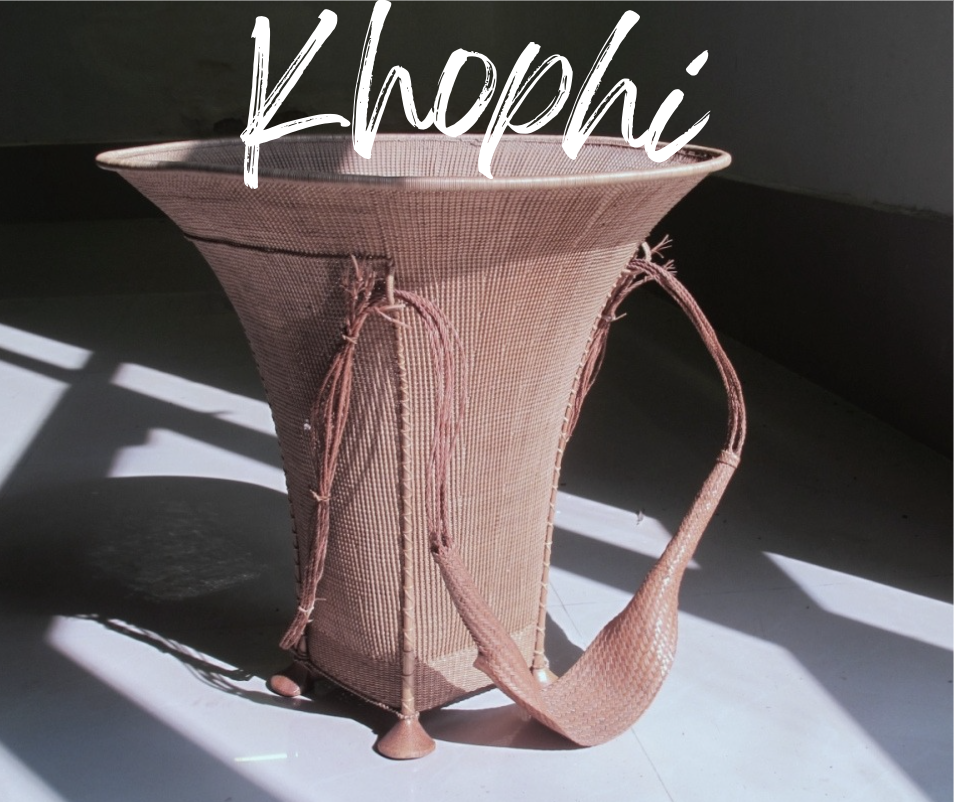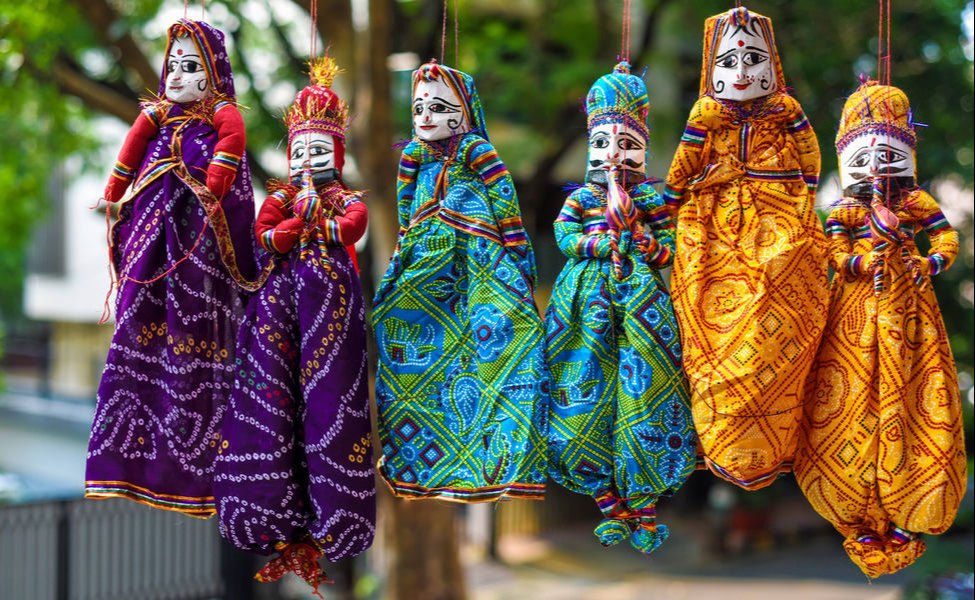Brazilian Fast Fashion Market
Sep 19, 2022 | Maria Clara Da Costa Borges
 Brazil is the fifth biggest clothing maker on the planet. However, unlike product arranged economies, for example, China and India, the Brazilian market is prevalently homegrown. It is worth focusing on that in Brazil. The material area is the second portion of the subjection positioning. brazil aggregates 38 design brands engaged with slave work, and, as per information from the Labor Public Ministry, in 2018 alone, there were more than 800 grievances against style organizations.
Style has forever been for the trivial few, yet the possible utilization of the medium income class is changing the profile of some retail chains. With admittance to data about design, even the people who don't have a lot of cash, the C class has become more conscious about what they might want to wear.
Conventional Brazilian retail chains, for example, Renner, Lojas Marisa and Riachuelo, are putting resources into style. Other than marking organizations with large names, these save set up a purchasing and creation group associated with the primary patterns.
The most significant variable making sense of this peculiarity is the ascent of the medium-income class to the place of the gathering, with the most elevated utilization likely in the country. Today, these specialists procure between USD 220 and USD 950 every month and address 50.5% of the populace and 45.66% of the buying power, higher than the 44.12% of social classes A and B. Also, they are ravenous shoppers of data. The medium-income class consumes quick design in enormous amounts and couldn't care less if the pieces of clothing have quality and sturdiness.
The quantities of the quick style area in Brazil lately: There was a 22.5% decline in 2020 and a 13.7% development in 2021. In collected terms, the portion entered 2022 with a drop of 11.9%, contrasted with the pre-pandemic in 2019. The material area in Brazil in 2020 gathered $16.5 billion in charges, $811 million in sends out, positions fourth on the planet, and made 1.5 million direct positions in Brazil.
Brazil is the fifth biggest clothing maker on the planet. However, unlike product arranged economies, for example, China and India, the Brazilian market is prevalently homegrown. It is worth focusing on that in Brazil. The material area is the second portion of the subjection positioning. brazil aggregates 38 design brands engaged with slave work, and, as per information from the Labor Public Ministry, in 2018 alone, there were more than 800 grievances against style organizations.
Style has forever been for the trivial few, yet the possible utilization of the medium income class is changing the profile of some retail chains. With admittance to data about design, even the people who don't have a lot of cash, the C class has become more conscious about what they might want to wear.
Conventional Brazilian retail chains, for example, Renner, Lojas Marisa and Riachuelo, are putting resources into style. Other than marking organizations with large names, these save set up a purchasing and creation group associated with the primary patterns.
The most significant variable making sense of this peculiarity is the ascent of the medium-income class to the place of the gathering, with the most elevated utilization likely in the country. Today, these specialists procure between USD 220 and USD 950 every month and address 50.5% of the populace and 45.66% of the buying power, higher than the 44.12% of social classes A and B. Also, they are ravenous shoppers of data. The medium-income class consumes quick design in enormous amounts and couldn't care less if the pieces of clothing have quality and sturdiness.
The quantities of the quick style area in Brazil lately: There was a 22.5% decline in 2020 and a 13.7% development in 2021. In collected terms, the portion entered 2022 with a drop of 11.9%, contrasted with the pre-pandemic in 2019. The material area in Brazil in 2020 gathered $16.5 billion in charges, $811 million in sends out, positions fourth on the planet, and made 1.5 million direct positions in Brazil.
The role of sustainability in Brazilian fashion in the international scenario
At the worldwide level, the style of business can be viewed as vast and cutthroat. The truth is that this industry depends on innovativeness and is organised around the advancement of its items, utilising popular and accentuating the short life pattern of things, portraying it as a consistently evolving industry. This permits this section to keep developing and creating among different enterprises.
Concerning the unpredictability and shakiness of the neighbourhood economy, Brazil stimulates the premium of business sectors worldwide because it is an appealing venture objective and an arising country that is highlighted frequently in global media.
Brazilian organisations should adjust their techniques, frameworks and traditional practices to measure up to the assumptions of the global purchaser. Subsequently, it is fundamental that the organisation offer the proper help and practical support to the client. Then again, a deterrent to improving a quality item is the troublesome admittance to unrefined components of good quality.
Brazilian style is overall known as made of variety, bliss, conduct, and solace. Brazilian style items can be advanced in the worldwide market through the Brazilian way of life and through crafted by planners who bring the most recent patterns, with Brazilian components, with quality creation and the utilisation of Brazilian materials; that is to say, one can't simply pursue directions that the Europeans direct.
The thought of environmental and moral limits would compel additional costs in the garment creation chain. In any case, those costs could be reviewed if purchasers see additional value in their recommendations and are familiar with how they are made.
There is a small piece of customers that think about this point of view, especially past Brazil, but it is at this point a specialty market. Experts have gotten a handle on that data and client care expressly in style are exceptionally low stood out from other present-day regions (auto and food, for example), which subsequently prompts a lower propensity to buy 'eco-plan' things or with isolated costs. There is, moreover, the 'speedy style' purchaser, who tends to be a great piece of
the market and conflicts with the chance of viability.
What are the challenges of the sector?
Because of manageability, difficulties to be looked at by the Brazilian style industry before it can accomplish those upper hands. In the worldwide situation, we don't have the foggiest idea how to investigate maintainability while selling the item. The test lies in conquering the traditional provincial culture and social boundaries, like the training of style specialists, including makers and originators, in this specific circumstance. There is an absence of information and abilities in the organizations and buyer mindfulness in the market overall. In any case, there are additional boundaries, for example, the significant expenses associated with the reception of supportable cycles, which, combined with the strict Brazilian regulations, frustrate the worldwide rivalry for items whose separation is directed by supportability. In the consistent assessment of the respondents, the material and dress enterprises, particularly the last option, are not yet prepared for the prevailing burdens they coordinate because of maintainability points.
How transparent are Brazilian fashion brands?
Brazilian brands score somewhat more regrettable than worldwide, with a typical score of 17 out of 100. In the same way as the worldwide report, no brands scored above 60%, and eight brands - 40% of the aggregate - scored 0%. In this way, there's a particular 'opportunity to get a better tone to the discoveries.
They likewise note that a low score isn't guaranteed to demonstrate terrible practice; brands may simply be neglecting to pitch their strategies. No one anticipates that the design business should carry out complete straightforwardness short-term. Yet, by making an instrument that permits simple correlation among brands and over the long haul, Fashion Revolution has inclined the tension in the business.
Slavery in the fast fashion market
The act of contemporary slave work, in the creation of apparel, has been known in Brazil since the turn of the hundred years. The plan was utilized when the significant magazines were unveiled: they rethought creation and went against the studios that oppressed Bolivian workers, determined to lessen costs.
Indeed, even today, the creation of apparel is one of the most severe and vicious work exercises of invention by ladies. These are instances of casualties liked by an area that, in many, doesn't consider the worth of life.
A tragic rationale upholds the creation of style. Then again, the marvelousness of a completed piece will give, whoever utilizes it, please solace, goodness, culture and character. Then again, the needle worker has a frantic life, and is set apart by severe infections, the hardship of freedom, orientation, viciousness, and moral and lewd behaviour. Among ladies labourers in the material area, 58% are casual, which gives more than 1.1 million ladies. Of these, 80% don't add to Social Security.
These, a larger numbers of than 1 million unregistered ladies, are imperceptible casualties. They are not changed by open strategies; they don't show up in business bargains, and they are obscure to those on the opposite side of the creation chain who purchase garments from organizations for them. Casual or subjugated sewers never work under 14 hours every day. Procure not as much as men since they are ladies. The majority of them rest anywhere nearby the studios.
They were frequently connected with moral and inappropriate behaviour by workers for hire or studio supervisors. A few transform their own home into a studio and help kids and more youthful little girls with their work. Word-related illnesses started to show up in the principal long action periods. They are. Likewise everyday illnesses brought about by unsanitary conditions.
Labourers exposed to corrupting circumstances are the standard as opposed to the particular case, upheld by the way that 27 of the 131 overviewed brands (20%) got a green stamp. As per Reporter Brasil, a portion of Brazil's most significant retailers, like Lojas Renner (368 stores from one side of the country to the other) and Lojas Marisa (355 stores), have issues to address, meant by their yellow stamps.
Nonetheless, there is likewise an absence of straightforwardness in the area. Colcci — a brand addressed by Brazil's famous supermodel Gisele Bundchen — got a red stamp because of the lack of data accessible on its strategies, observation, and straightforwardness, even though there is no record of labourers for the brand being exposed to conditions practically equivalent to servitude.
One clarification behind the unfortunate appraisals lies in how Brazilian brands look for cost-cutting arrangements by utilizing labourers from Brazil's Northeast, the least convenient locale in the country. Yet, significant urban communities, such as São Paulo and Rio de Janeiro, are also at genuine fault for slave work — and labourers there are undocumented travellers for the most part. In 2019, examiners from the province of São Paulo safeguarded 91 specialists in corrupting circumstances.
If recognizing the issue is the most vital move towards finding an answer, Brazil is on the correct path. It was quite possibly the earliest country to confess to the International Labor Organization, back in 1995, that slave work happened inside its nation. From that point forward, 53,000 specialists have been saved from slave-like circumstances, and the number of labourers requiring salvage dropped yearly to 647 in 2017. Notwithstanding, the number of labourers found in slave-like cases significantly increased in 2018.
6.1 Moda Livre
Because of this test, Reporter Brasil, a neighbourhood NGO committed to battling slave work, sent off an application in 2013 that permits purchasers to check whether high road brands have involved slave labourers in their stock chains.
The application is Moda Livre — "Free Fashion" in Portuguese — and it screens working circumstances in manufacturing plants that are important for the stockpile chains of Brazilian brands. Organizations are reviewed in four classes: their obligation to destroy slave work inside their chains, the nearby checking of their providers, their straightforwardness concerning endeavours to determine the issue, and whether they have a background marked by utilizing slave work.
Correspondent Brasil performs record verifications on organizations and sends them a rundown of inquiries on their work strategies. An investigation of the responses decides how each organization is then appraised. There are three potential grades: the most consistent organizations get a green stamp; organizations that should work on their strategies to forestall the utilization of slave work inside their providers get a yellow symbol; and organizations that either bomb one of the NGO's four assessment classifications or neglect to answer to Reporter Brazil's review get a red stamp.
6.2 Eco Fashion Week
Brazil has its feature for maintainable style as Brazil Eco Fashion Week. Established in 2017, the São Paulo-based occasion is available to general society, and elements are shown from around 50 eco-style brands, as well as talks and studios on subjects like ecofeminism and a business venture, ethnic variety in design, and change through straightforwardness.
The occasion is available to people in general and for nothing and will highlight content on essential subjects in the style world, like cognizant utilization, upcycling procedures; body variety; fair exchange, among others.
Conclusion:
The Future of fast fashion in Brazil
There are empowering finishes paperwork for practical style in Brazil. It's an exceptionally enterprising society, and various free organizations have responded to the call in imaginative ways.
Later on, the significant driver of supportability will be the market; we have new ages that are considerably more mindful and educated, who will be the shoppers with buying power. Future open doors in the customer market are supposed and have all the earmarks of being consensual in the business. Notwithstanding, organizations need to adjust to satisfy this new need. In the consistent perspective of the respondents, the material and attire enterprises are not yet prepared for the prevailing difficulties coordinated to them due to maintainability subjects.
While examining maintainability in Brazilian commodity design and upper hands. What the world expects of the Brazilian style is an alternate proposition, which would be described by a public personality that can't be found in the design market yet. The plan is indeed a significant calculation of the separation of the area. It can become an important natural, tasteful, and monetary benefit when related to maintainable materials. Partner maintainability with different drivers of separation is a potential chance to be created.
References:
https://stealthelook.com.br/voce-precisa-conhecer-o-befw/
https://brazilianjournals.com/ojs/index.php/BJB/article/view/13697/11469
https://www.wilsoncenter.org/blog-post/monitoring-slave-labor-brazils-fast-fashion-industry
https://ojs.excelingtech.co.uk/index.php/IJSCM/article/view/2292
https://www.commonobjective.co/article/sustainability-in-the-brazilian-fashion-industry
Recommended



Wholesale / B2b Kathputli Puppets From Ahemdabad
Dec 16, 2024





